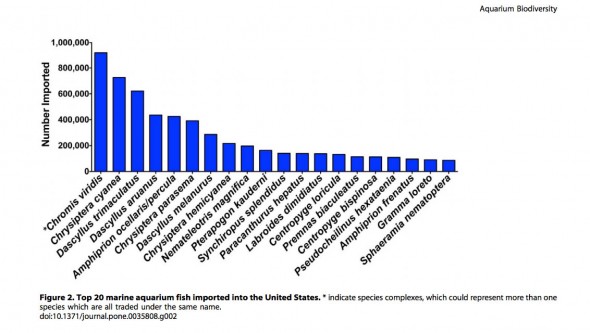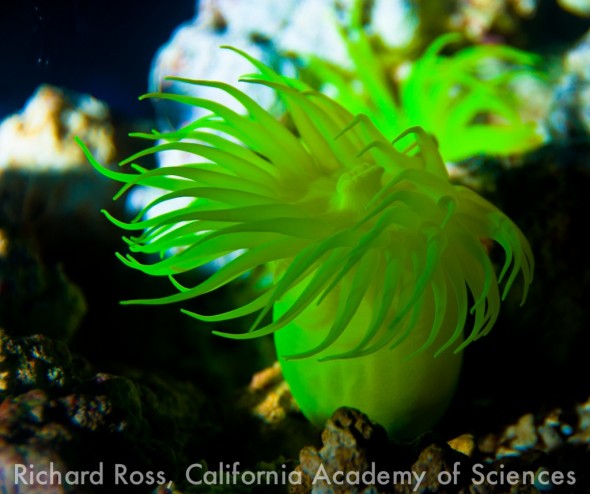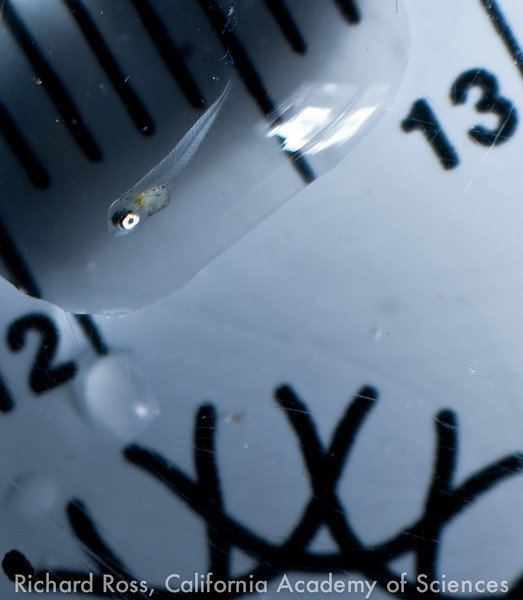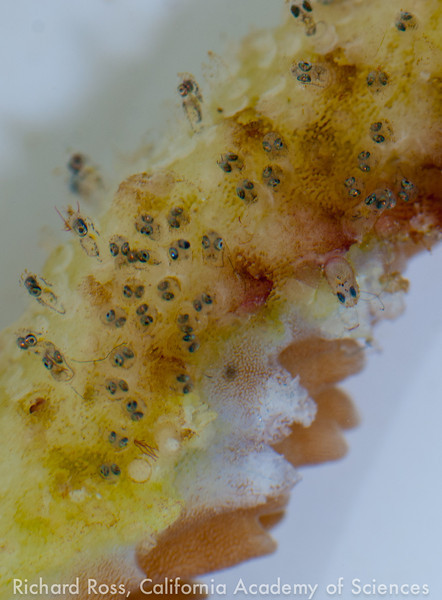Animal Movers – from Birch to CAS
From Animal Movers
http://vimeo.com/45345343
Animal movers moved coral from Birch to CAS. You get to see me in a wet suit.
From Animal Movers
http://vimeo.com/45345343
Animal movers moved coral from Birch to CAS. You get to see me in a wet suit.
From Reefs.com

The last year has seen a lot of heated discussion and possible legislation regarding the Marine Aquarium trade. In these discussions everyone seems to have data on the numbers of fishes that move through the trade, but the sources of that data often somehow seems ‘iffy’. Today a new paper was published in the open access journal PLoS One (making scientific papers available to anyone for no cost!) that examines a years worth of US marine fish import paperwork to present a clear picture of how many fish of what kinds are actually being imported into the country. The 9 page paper by Andrew Rhyne et al, available here, not only presents useful information, but also gives a great overview of the process of importing fish into the US as well as addressing some invasive species concerns. I expect in the coming weeks there will be a lot of themselves. Finally, actual data is available, and anyone that has ever entered into a discussion about the sustainability, ethics or responsibility of reefkeeping should take advantage of it.

Last December when Koji Wada of the renowned Blue Harbor visited the Steinhart Aquarium he was kind enough to bring us two stunning Halcuriascarlgreni anemones. From Japans deeper, cooler waters, these anemones are jaw droppingly bright and colorful. Currently, they are being kept at 66 degrees in our Nautilus exhibit and both animals seem to be getting along just fine with each other. The Halcurias are being fed thawed frozen mysis via ‘Julians Thing’ every other day, and we hope they will be so happy and full of food that we will have more of them in the near future.
From Reefs.com

This week Amblyglyphidodon ternatensis eggs and larvae collected at the Steinhart Aquarium in the California Academy of Sciences were shipped to Florida as part of the Rising Tide Conservation project.
Rising Tide Conservation was started by SeaWorld Parks and Entertainment to make breeding and rearing of marine tropical fish economically viable so that there are alternatives to collection. It quickly expanded from a program focused on breeding and rearing fish in display facilities to one focused on integrating efforts of display aquaria, the hobbyist industry, and academia to create a platform for the promotion and dissemination of information related to marine tropical fish aquaculture. Large scale tropical marine fish aquaculture has been held back by four specific hurdles: difficulty in egg production, difficulty in larval rearing, use and production of an appropriate live feed, and most importantly, the difficulty in clearing these hurdles in an economically viable manner. Transfer of capabilities identified in this program to commercial producers is critical for the success of this initiative.
Rising Tide Conservation is an effort to reduce commercial collecting of reef fish by promoting captive breeding. This program provides a lifeline for reef populations by providing source alternatives. Many attempts to raise marine tropical fish have resulted in small successes. Rising Tide is an effort to move these advances to more widespread use.
For more images of the eggs and larvae please scroll down.

[smugmug url=”http://packedhead.smugmug.com/hack/feed.mg?Type=gallery&Data=19875987_PC7pSc&format=rss200″ imagecount=”100″ start=”1″ num=”200″ thumbsize=”Th” link=”lightbox” captions=”false” sort=”false” window=”false” smugmug=”false” size=”L”]
Contact Rich by clicking here
Copyright 2023, Richard Ross